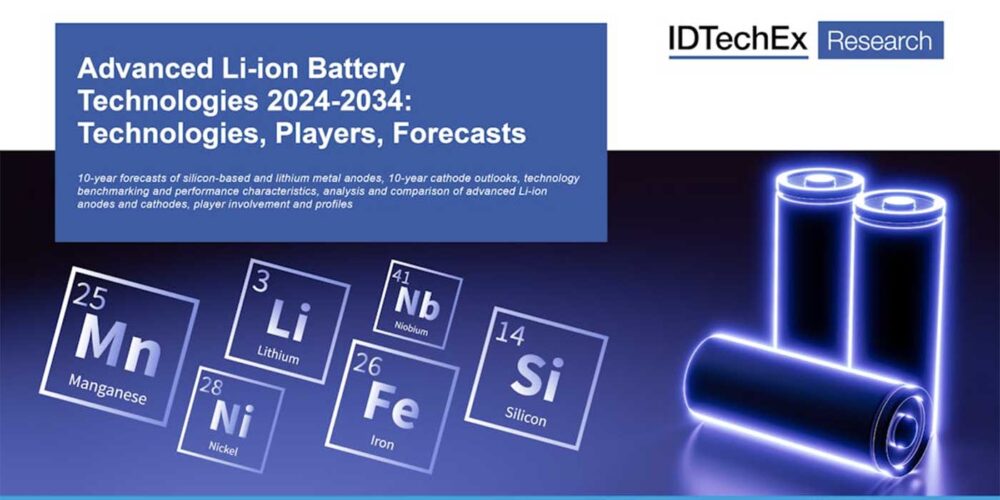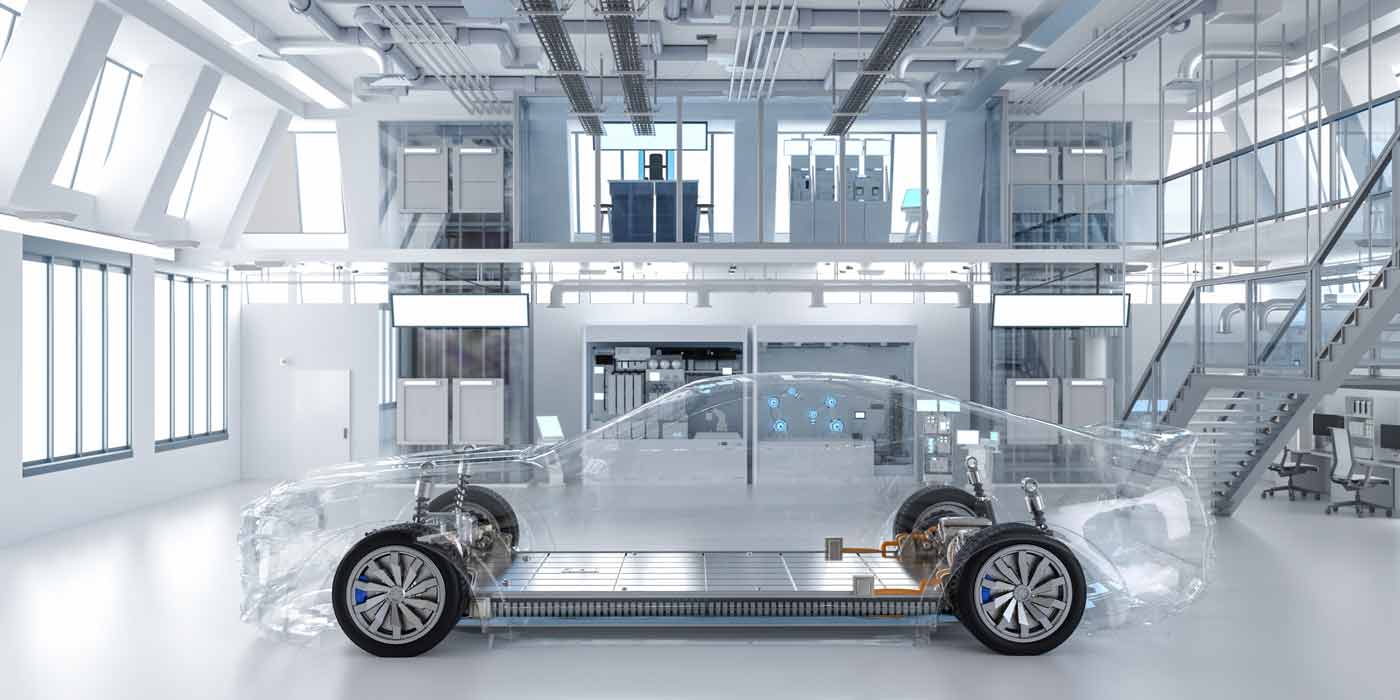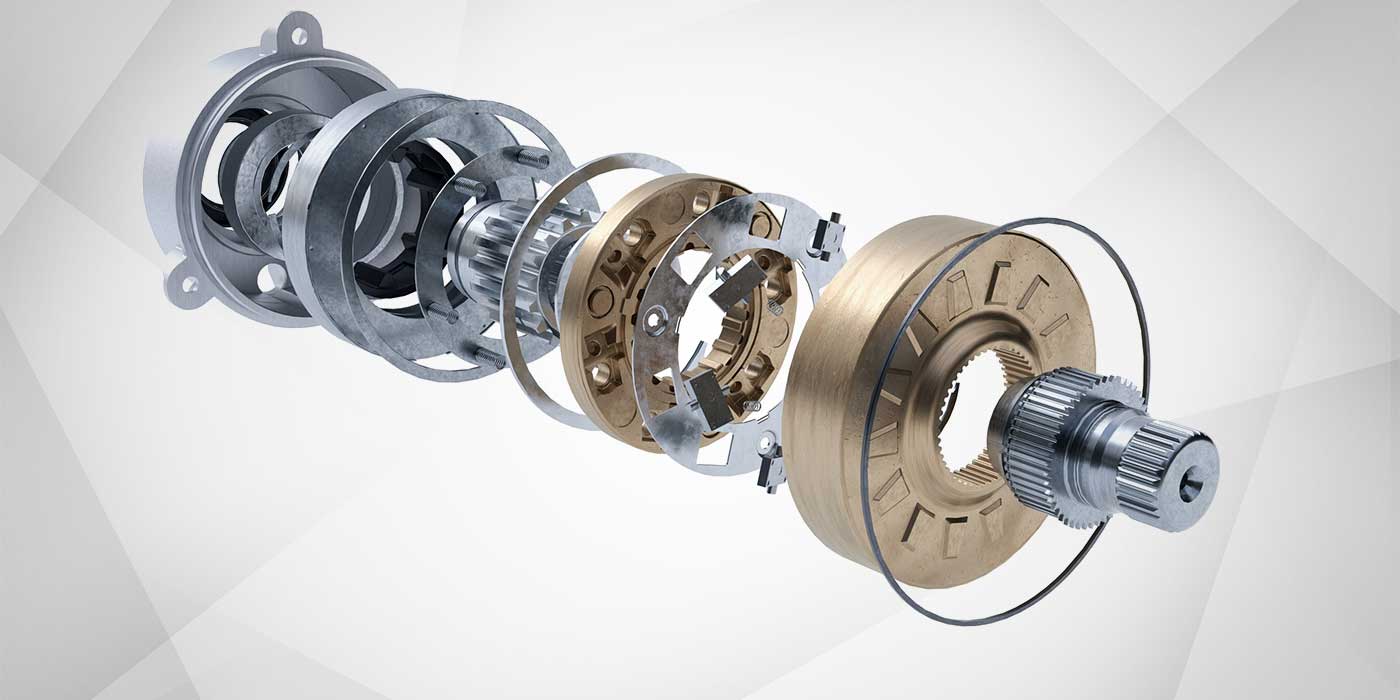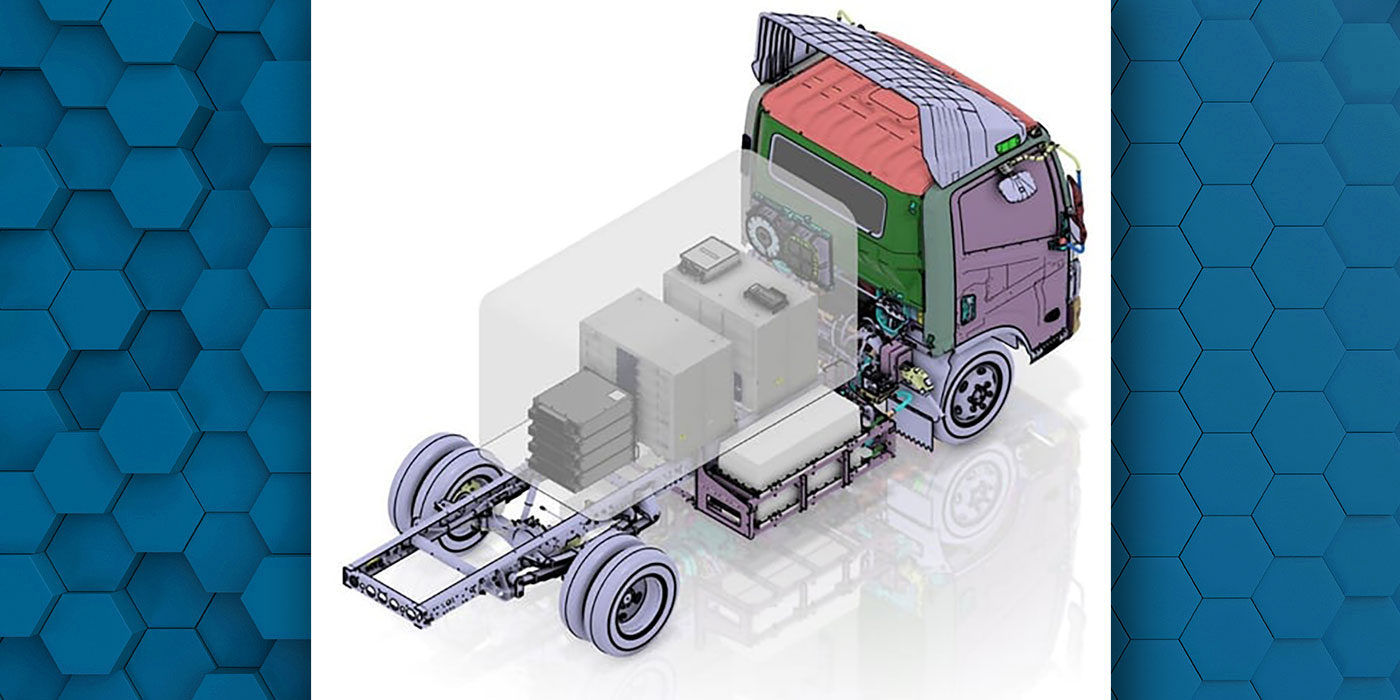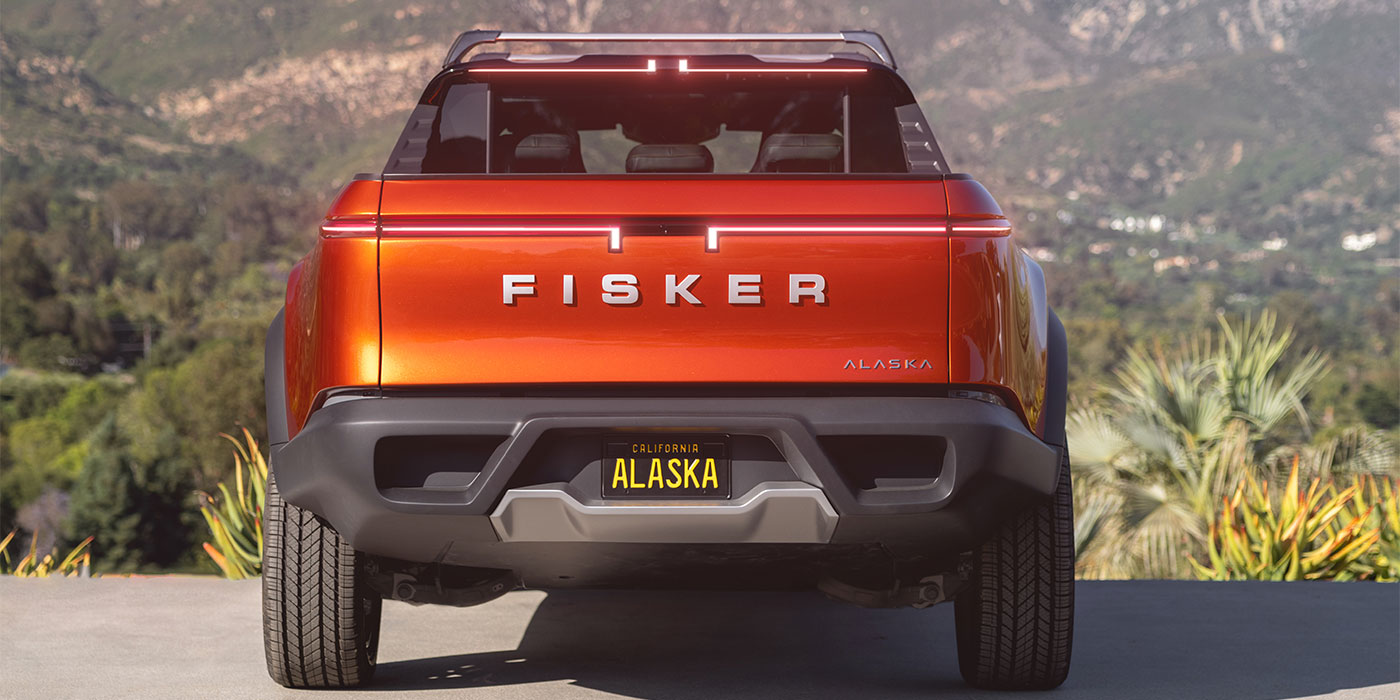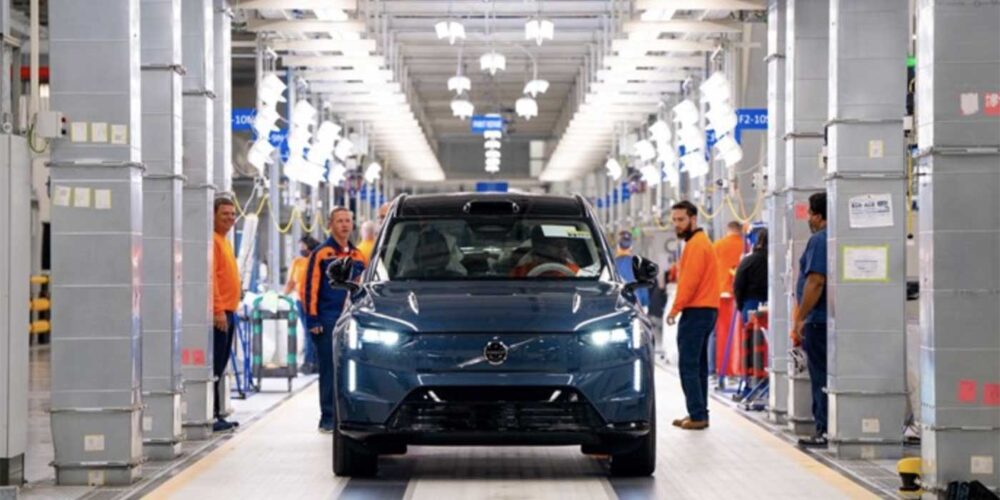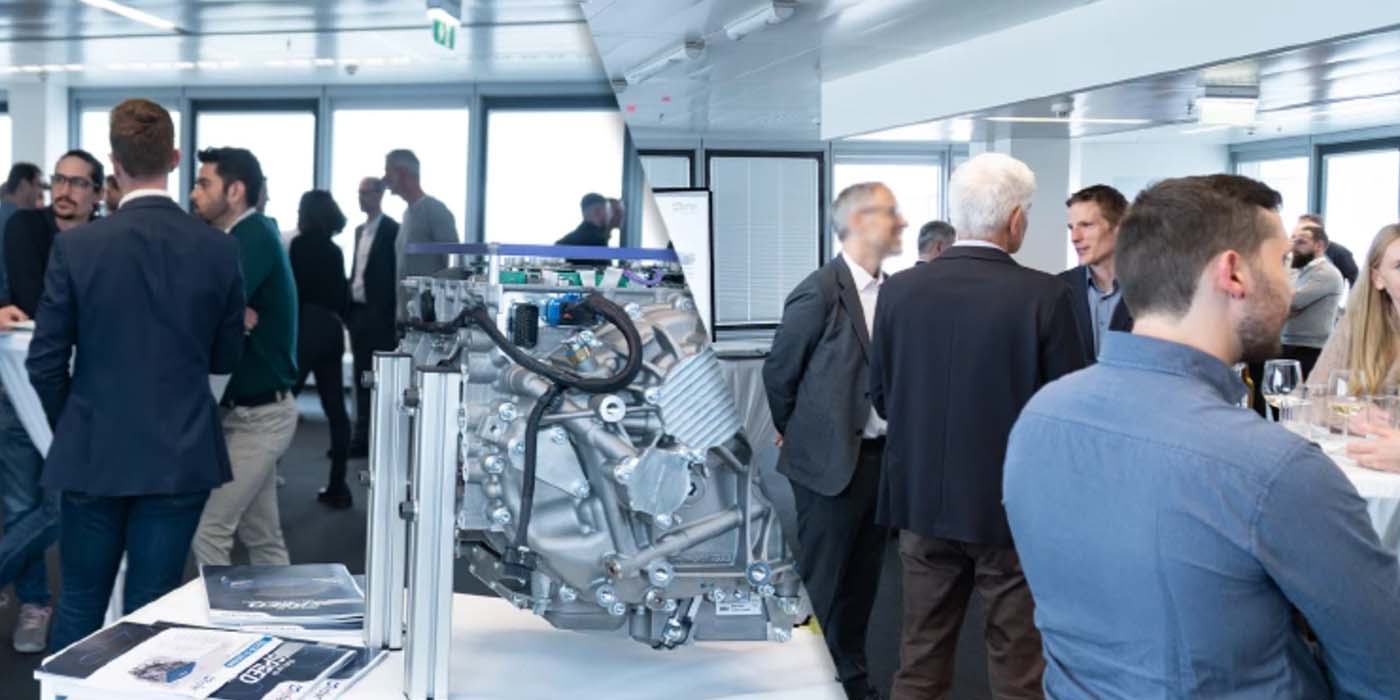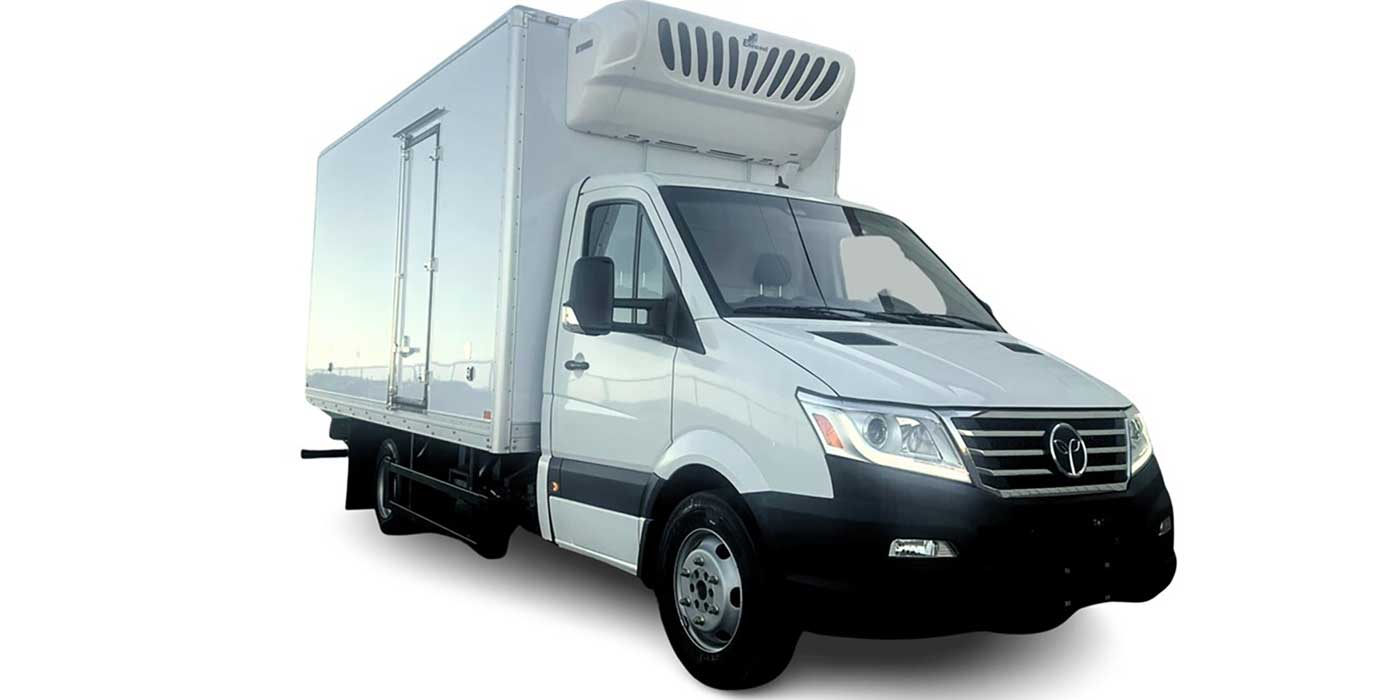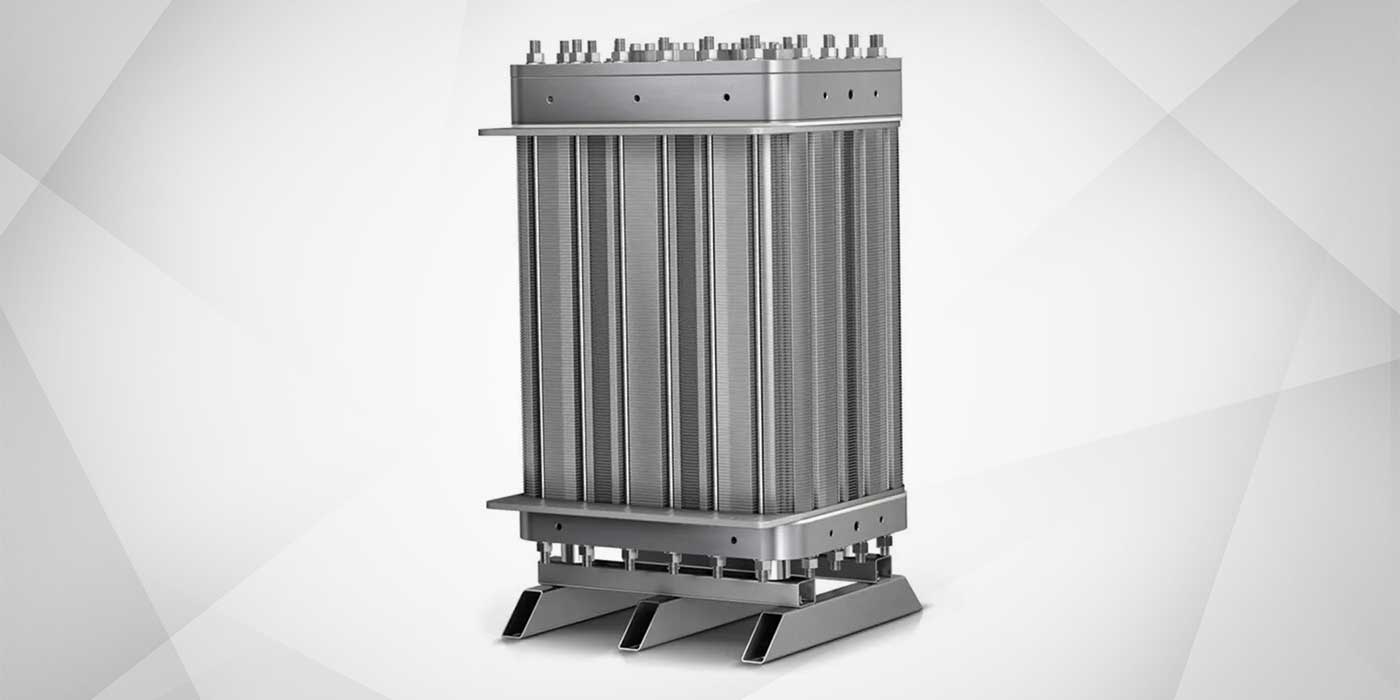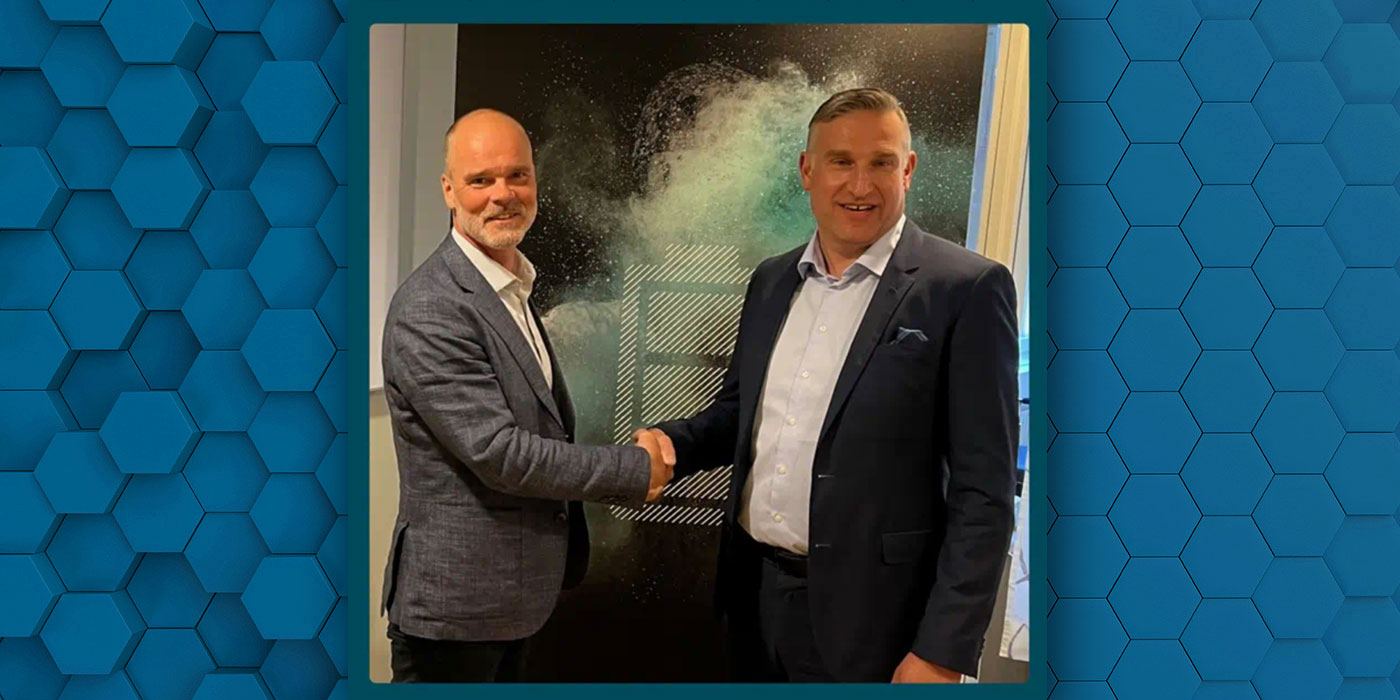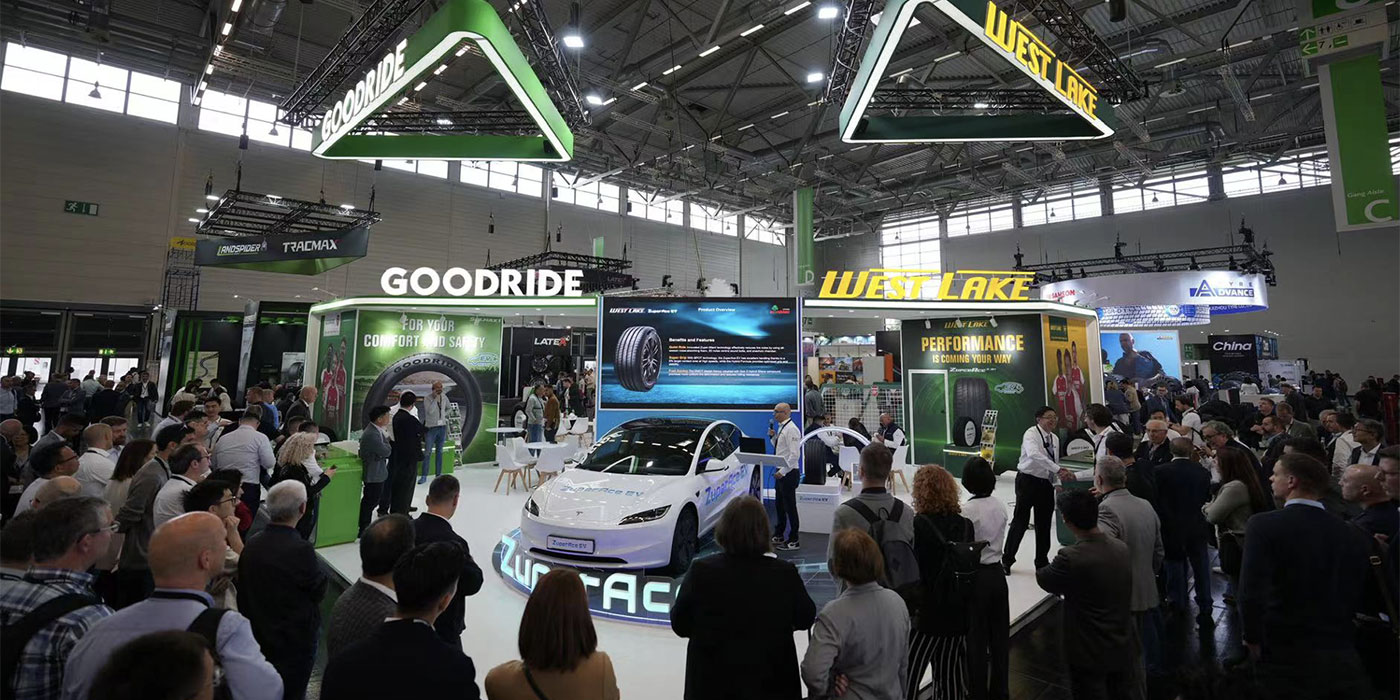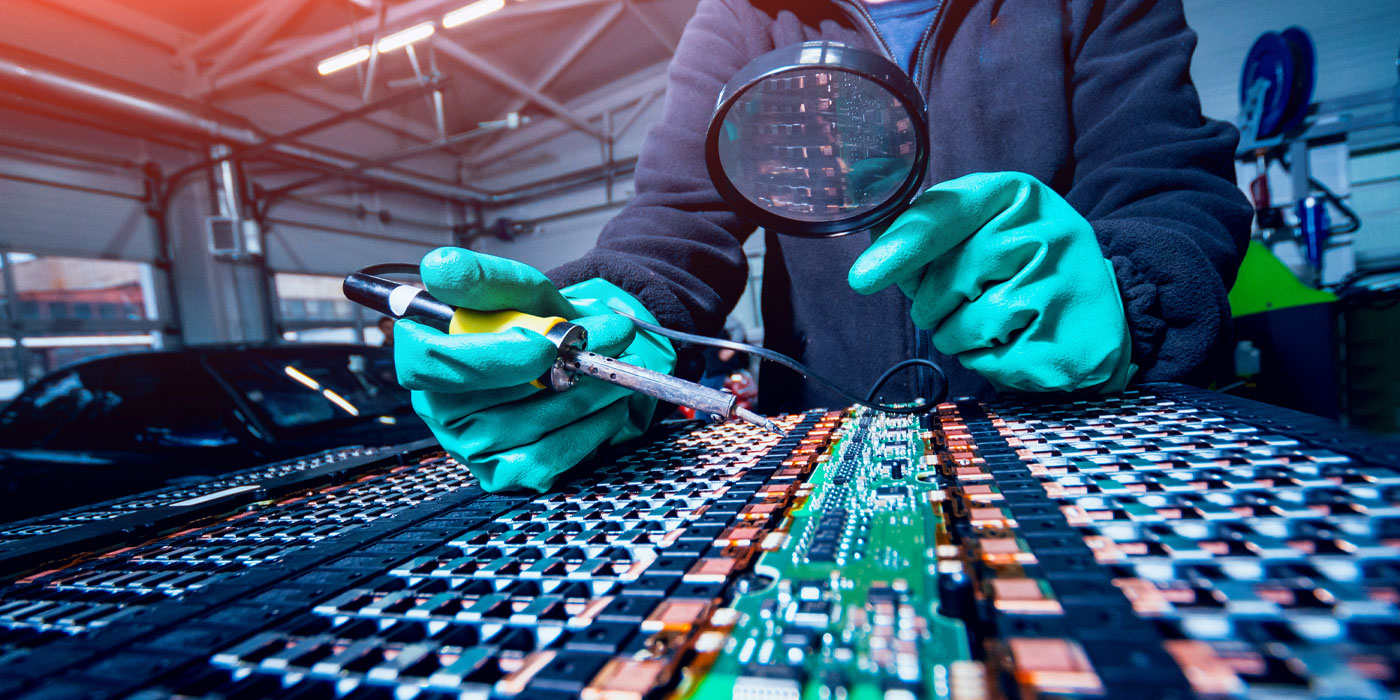In a recent IDTechEx report, “Advanced Li-ion Battery Technologies 2024-2034: Technologies, Players, Forecasts,” the company included an analysis of the latest in silicon anode developments. According to the report, maximizing energy density has been one key area of focus in electric vehicle battery development. Optimizations in cell and battery pack designs, alongside the use of higher nickel NMC and NCA cathodes, have led to steady improvement in battery energy density over the past 10-15 years. The energy density limit from current design and material iterations has largely been maximized. However, a promising contender is emerging on the horizon to offer a step-change improvement – silicon. IDTechEx forecasts the market for silicon anode material for Li-ion batteries will exceed $24 billion by 2034.
Silicon has a theoretical capacity of nearly 3600 mAh/g (at room temperature), offering the possibility to significantly boost energy densities by replacing graphite, which is used as the anode material in the vast majority of Li-ion batteries, the report found. By replacing graphite, which has a capacity of approximately 360 mAh/g, with silicon, cell-level energy densities in excess of 400 Wh/kg and 1000 Wh/l become feasible, with the potential to nearly double the energy density of state-of-the-art commercial cells in 2024. This leap in energy density could translate into electric vehicles with twice the range or electronic devices with twice the runtime, according to the report.
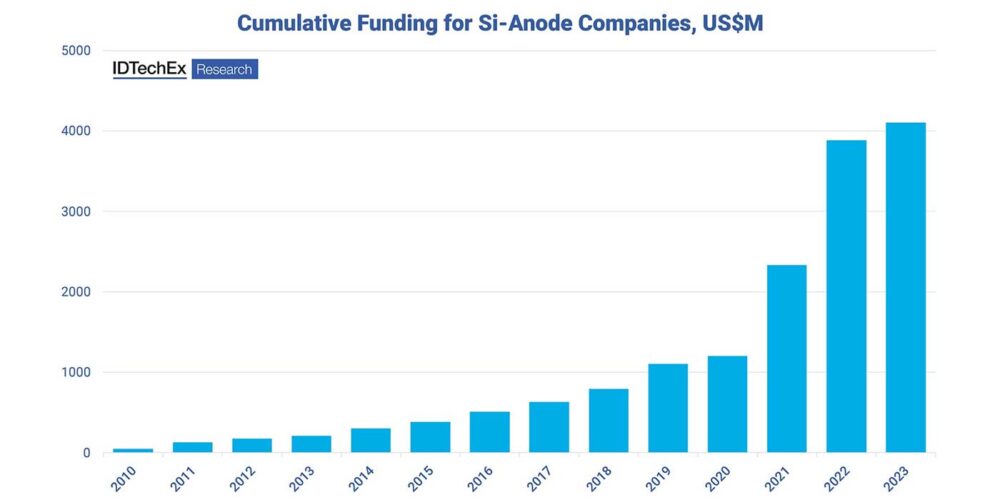
However, the benefits of silicon extend beyond just capacity and energy density, the report said. Many silicon anode companies are reporting improved power and fast charging capabilities, an increasingly important performance metric for electric vehicles, as well as other applications such as power tools or consumer devices. Additionally, the more positive voltage of silicon compared to graphite helps reduce the risk of lithium plating, enhancing battery safety, another increasingly important concern for the industry.
Currently, silicon oxides can only be used at relatively low weight percentages, <10%, but tens of companies, both large and small, are developing advanced silicon anode materials that can enable higher silicon percentages in batteries. Silicon-dominant compositions remain the aim for a number of players, the report said. The battery industry has taken notice of silicon’s potential, and IDTechEx estimates that over $4 billion of investment has gone into silicon anode start-ups. Some of this is now starting to go toward the expansion of manufacturing capabilities, capacities, and supply chains. The materials and solutions being developed by some of these companies are also starting to be qualified and deployed. Sila Nano has had materials used in the Whoop fitness wearable, Amprius have deployed batteries in drones and high-altitude pseudo satellites (HAPS), while Lightning Motors will offer e-motorcycles using Enevate’s technology. Automotive OEMs have also taken note of the promise of silicon anodes, with the likes of Daimler, Porsche, and GM investing and partnering with silicon anode companies.
However, the report said challenges remain to the widespread commercialization of silicon beyond its use as an additive. Silicon’s significant expansion during cycling can lead to issues such as excessive electrolyte consumption, electrode pulverization, and loss of electrical contact, hence the use of silicon at relatively low percentages in the anode. Significant effort has gone into overcoming these hurdles, and data being reported suggests that cycle lives of up to 1,000 cycles are attainable, making silicon broadly suitable for electric cars.
Beyond cycle life, the report said shelf life remains a concern, while in the short-medium term, silicon anode materials will most likely continue to come in at a price premium over graphite on a $/kWh basis. This may restrict their deployment to applications where price sensitivity is lower, such as high-end electric vehicles, military applications or some electronic devices.
The report found that advanced silicon anode materials hold immense promise for improving key aspects of battery performance, but challenges such as cycle life, shelf life, and, importantly, cost must be addressed for widespread adoption. Nonetheless, the deployment of a higher percentage of silicon content anodes in various applications looks imminent. Increasing scale and continued innovation also provide optimism for driving down the costs of silicon-based anode materials, making them accessible for important mass-market EV segments.

